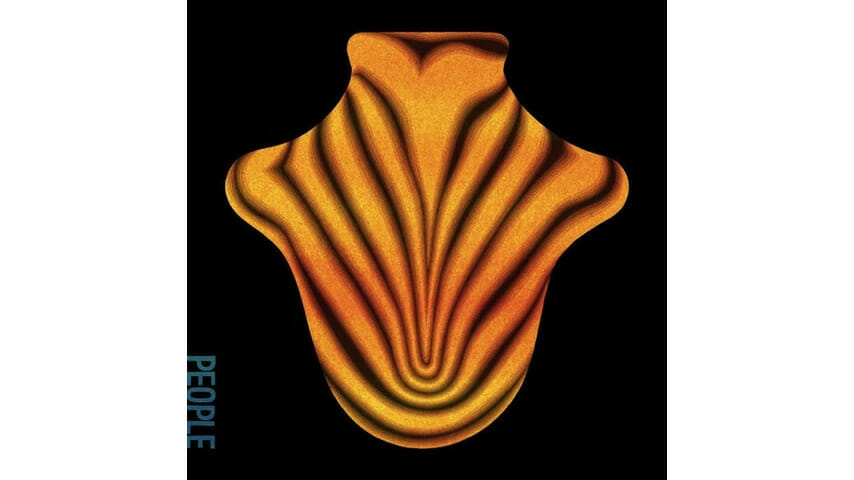Big Red Machine: Big Red Machine

Big Red Machine was a decade in the making, starting with the sketch of a song The National’s Aaron Dessner sent Bon Iver’s Justin Vernon for the Dark Was the Night charity compilation. “It almost feels strange to call it an album,” Dessner wrote on the eve of its release. “It’s simply part of a process and part of a community that is growing all the time. It’s part of a friendship and a conversation.”
That community for this project, anchored by Dessner and Vernon, includes vocalists like Lisa Hannigan, Phoebe Bridgers, This Is the Kit’s Kate Stables and Arcade Fire’s Richard Reed Parry, and string arrangements from Rob Moose and Dessner’s twin brother Bryce. In all, it includes more than two dozen contributors from the minimalistic PEOPLE music platform created by Vernon and the Dessners to encourage collaboration and sharing.
Side projects like this often seem tossed off, but Big Red Machine feels like the opposite—something remarkably ambitious, a labor of love that sees two of indie rock’s most talented and creative minds pursuing a passion without pressure, or limits. The resulting music can sound at times like a National album with Vernon’s echoing, manipulated falsetto serving as a stark contrast to the warm, intimate baritone of Matt Berninger, and at other times like a Bon Iver album with more complex and inventive chordal patterns and rhythmic structures. It’s experimental but affecting with Vernon’s snippets of heart-on-sleeve vulnerability popping up screaming from a cloud of otherwise opaque lyrics: “Well I better not fuck this up.” “I will lay laid open.” “How’m I gonna get you outta my mind?” “I used your heart to calm my bed.”
You can hear the influence of Vernon’s work in the hip-hop world in both the underlying beats and his vocals on tracks like “Gratitude” and “Lyla.” Polyrhythms and the odd time signatures Dessner loves to employ with The National abound, and combined with Vernon’s recent sonic exploration on 22 a Milion and sometimes incomprehensible word salads, immediate accessibility isn’t really the goal here. But those complexities and sonic risks are also where the music is most rewarding.
-

-

-

-

-

-

-

-

-

-

-

-

-

-

-

-

-

-

-

-

-

-

-

-

-

-

-

-

-

-

-

-

-

-

-

-

-

-

-

-








































